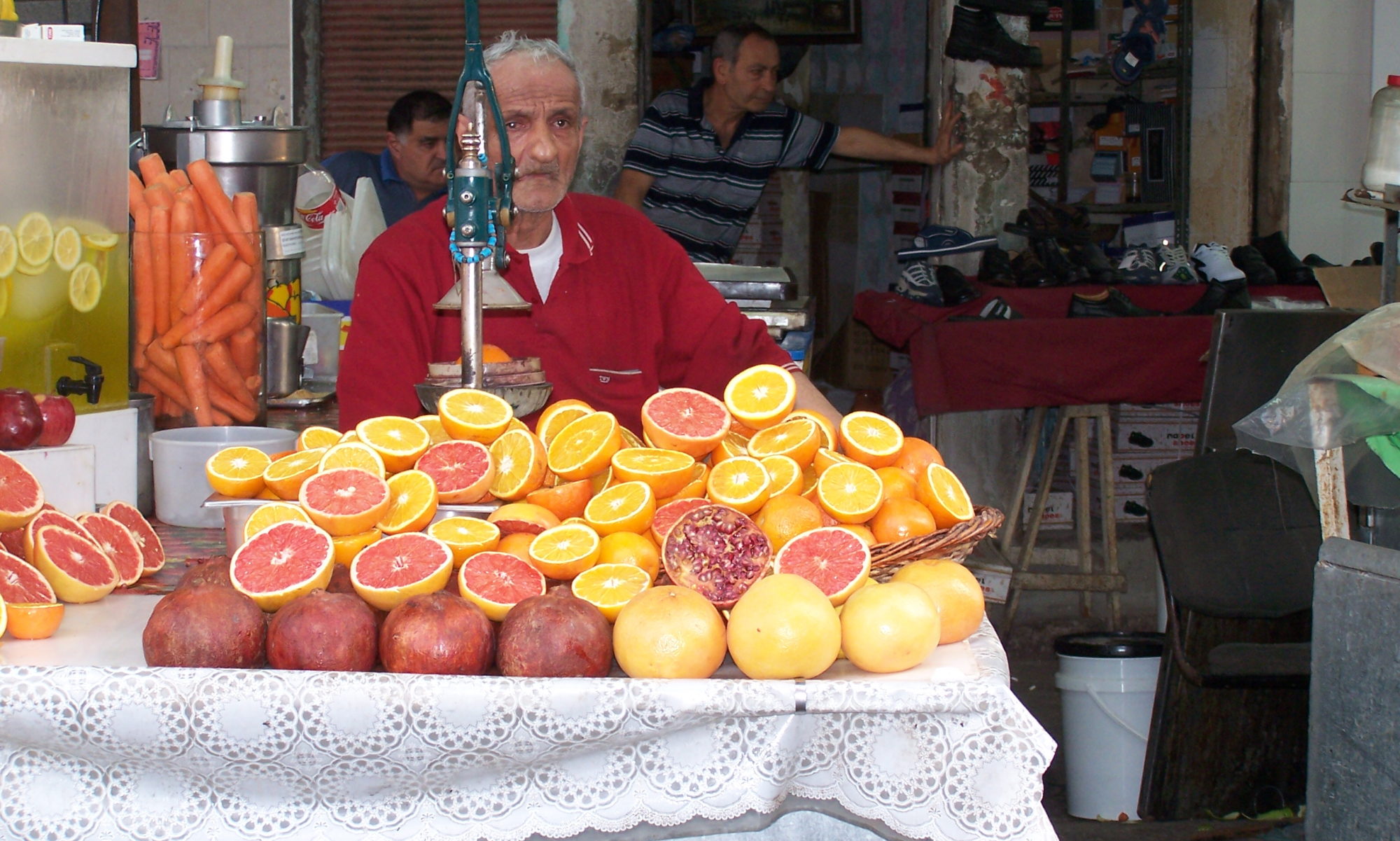
While perusing in my new favorite cookbook looking for something interesting to do with the fresh salmon I had just ordered, I found an interesting sauce for fish called Garum. When I asked Mr. BT if he would like this sauce, he yelled out “GARUM? Do you know what that is?!” I said no and he explained that it is an ancient Roman fish sauce made from stinky, rotten fish. I gasped and said, this recipe is a very watered-down version with olives and 4 anchovies. He said, “ok, how bad can that be.”
So, in my curiosity about the history of cuisine, I found out that garum is the ancient Roman ketchup. They put it on everything, and I mean everything! I found a recipe for Pear Patina, an ancient Roman dessert, that called for garum. I guess that is where the expression, “he puts ketchup on everything” probably came from, replacing ketchup with garum.
Historian Brian Fagan, an archaeologist, author and professor of anthropology at the University of California, Santa Barbara wrote this about garum in his fascinating book, Fish on Friday: Feasting, Fasting, and Discovery of the New World:
Roman cooks placed great emphasis on sauces and flavors, but none was more ubiquitous than garum–fish sauce. The modern equivalent would be tomato ketchup or Tabasco sauce, utilitarian products used to enhance all manner of dishes, both lavish and prosaic…today’s global cuisine provides an equivalent to garum in readily available Asian fish sauces (such as nuoc nam
, nam-pla). There were many garums (also known as liquamen) so there was no universal recipe, much depending on the catch at hand.
There were hundreds of recipes for garum, few of which survive, for each manufacturer–each fishing family–had its own favorite blend. The third-century writer Gargilious Martialis gives an example in his De medicine et virtue herbarum:
“Use fatty fish, for example, sardines, and a container, whose inside is sealed with pitch, with a 26-35 quart capacity. Add dried, aromatic herbs, possessing a strong flavor, such as dill, coriander, fennel, celery, mint, oregano, and others in a layer on the bottom of the container; then put down a layer of fish (if small, leave them whole, if large, use pieces) and over this, add a layer of salt two fingers high. Repeat the layers until the container is filled. Let it rest for seven days in the sun. Then mix the sauce daily for 20 days. After that, it becomes a liquid.”
This modernised garum is neither rotting nor stinky and is a delicious sauce for most firm fish. You could serve it with hot or cold fish.

- 200 g olives a mixture of firm green and black/purple, stoned
- 1 garlic clove crushed to a paste with salt
- 2 teaspoons finely chopped fresh rosemary
- 2 teaspoons finely chopped fresh oregano
-
4
salted anchovy fillets
finely chopped
-
1
tablespoon
sweet red wine vinegar
- 4 tablespoons olive oil
- Sea salt and black pepper to taste
-
Finely chop the olives and place them in a bowl. Add the garlic, herbs, anchovies, and vinegar. Mix well and add the olive oil. Add black pepper and sea salt to taste. Serve over a grilled firm fish.


















